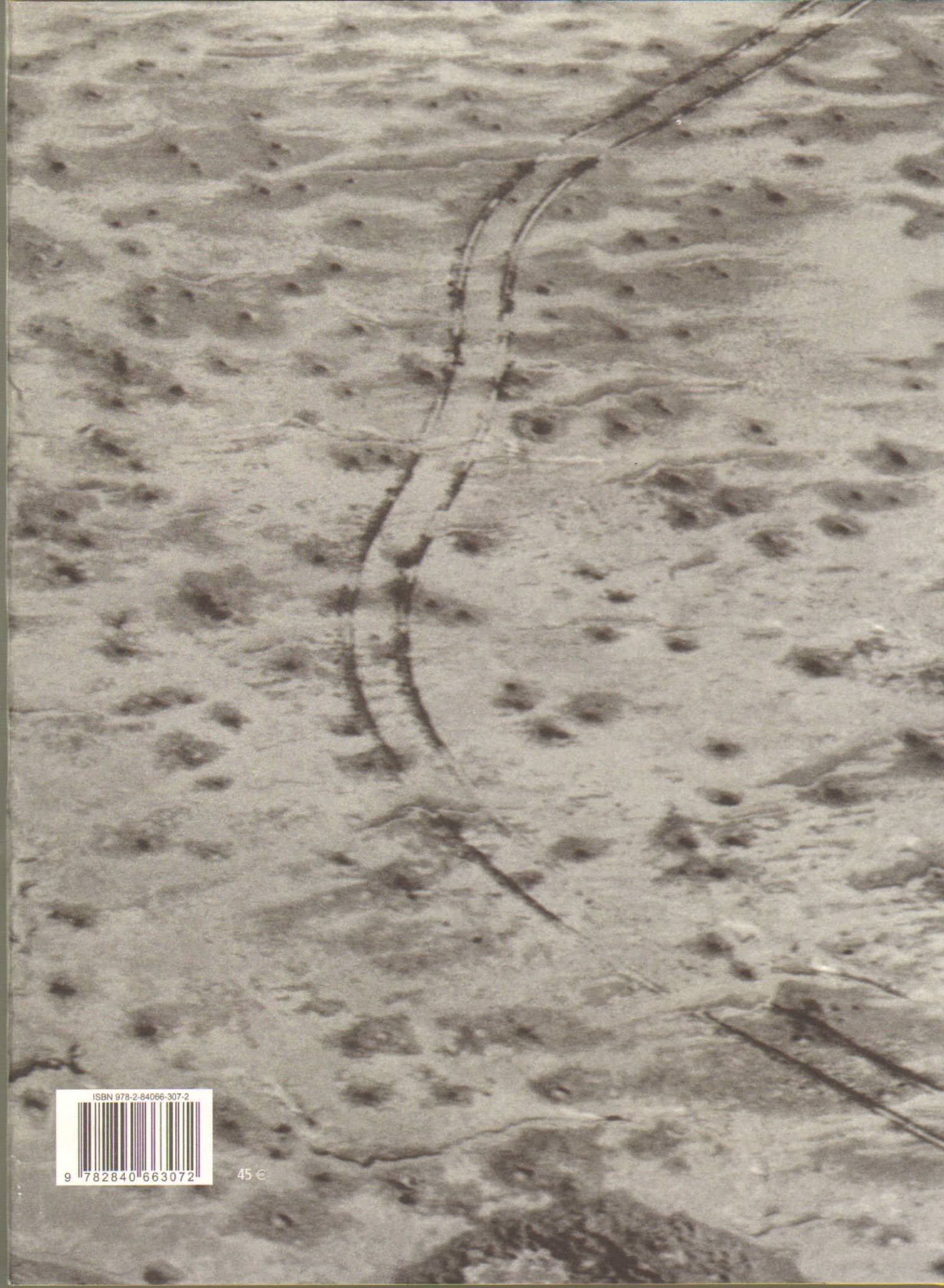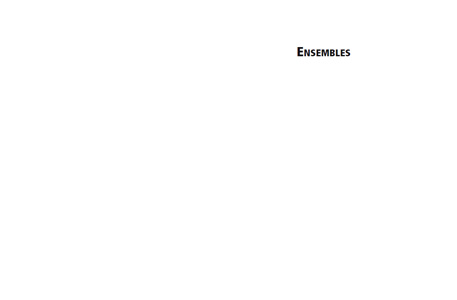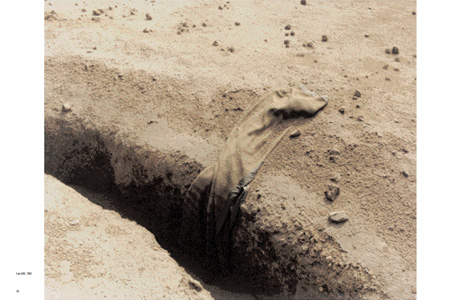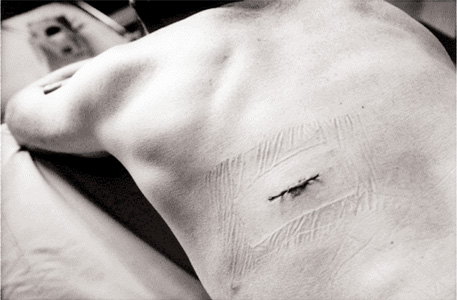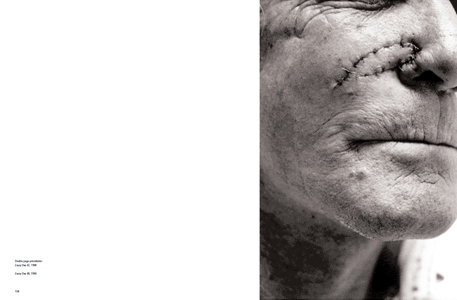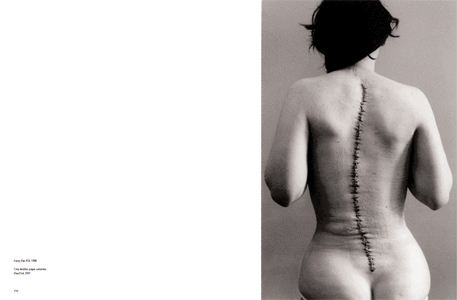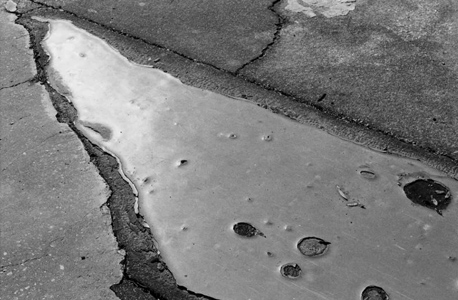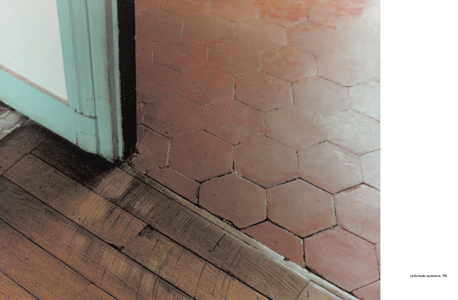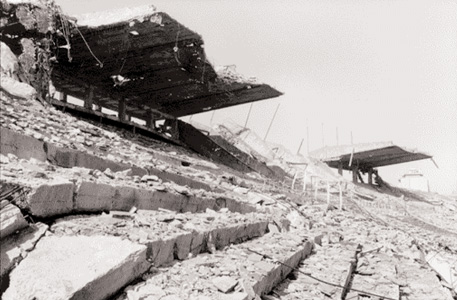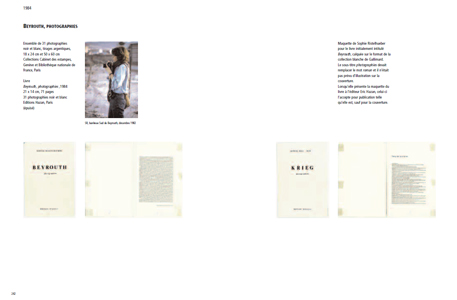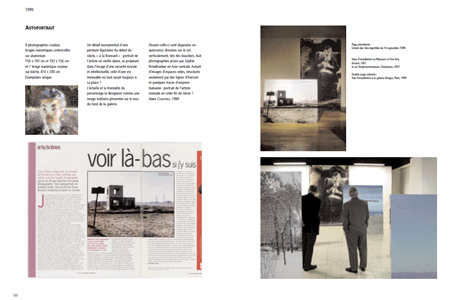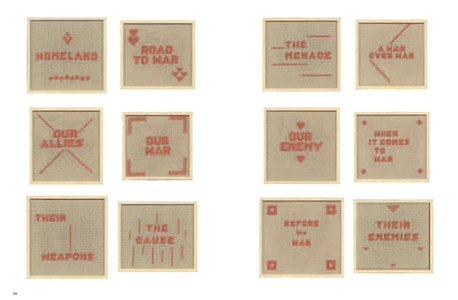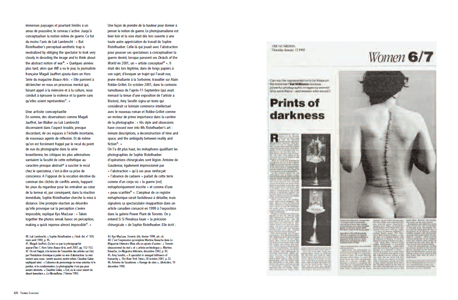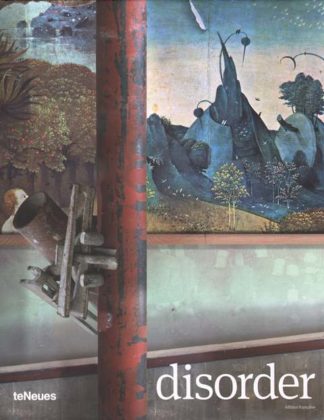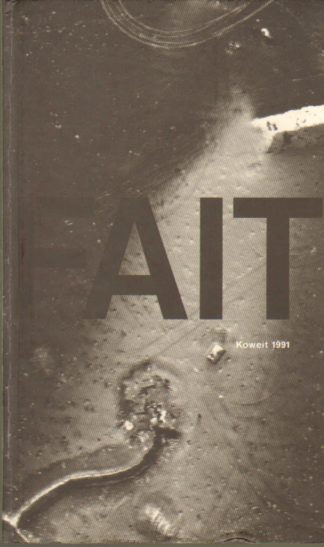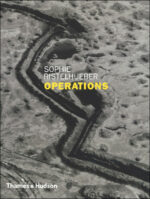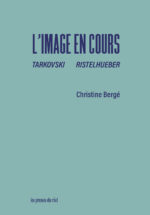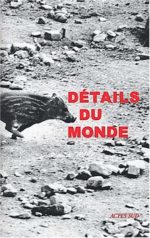VENDU / SOLD OUT
Livre Épuisé
Exemplaire État Neuf.
Une très importante rétrospective consacrée à l’œuvre de Sophie Ristelhueber dont le travail photographique et les installations montrent les traces laissées par l’histoire et les guerres dans les paysages.
Luxueuse monographie rétrospective, conçue en étroite collaboration avec l’artiste, avec trois essais, une chronologie illustrée et commentée, les œuvres majeures depuis le début des années 1980 (ainsi que de nombreux documents et les vues d’expositions) et une bio-bibliographie, sur près de 500 pages.
L’ouvrage, le premier consacré au travail de Ristelhueber, est articulé autour de trois points de vue très spécifiques : un parti-pris scientifique et très documenté de David Mellor ; un point de vue personnel de Bruno Latour ; un texte de Thomas Schlesser sur la réception de l’œuvre de Sophie Ristelhueber par la presse spécialisée et généraliste, et en particulier autour de la notion de photojournalisme et d’art.
La première partie du livre («?Ensembles?») donne à voir une sélection d’une vingtaine de travaux rassemblés sur un mode visuel et non chronologique. La seconde partie («?Chronologies?») rassemble toutes les œuvres de l’artiste de 1980 à 2008, envisagées selon un mode documentaire, assemblant citations de différents auteurs et de Sophie Ristelhueber elle-même, avec de nombreuses photographies d’expositions ; textes de Bruno Latour, David Mellor et Thomas Schlesser, photos en n.b. et en couleurs.
Luxurious retrospective monograph, conceived in close collaboration with the artist, with three essays, an illustrated and commented chronology, major works since the beginning of the 80s, as well as many documents and exhibition views.
Sophie Ristelhueber (born 1949 in Paris) is one of the great figures of art photography today. Since her foundational work on the city of Beirut destroyed in the war at the beginning of the 1980s, she has followed a demanding path that tests the conditions in which the real is seen. She has developed an engaged reflection on territory and its history through a singular approach to landscape, which is conceived as a space that carries the traces of the major upheavals of human activity and memory (historical wars, recent conflicts, civil wars, earthquakes), questioning, like an archeologist, the marks left by man on the surface, leaving the stigmata of history visible. Implying a complete personal engagement and a real experience of the land, Ristelhueber’s work borrows from journalism its tools (photography) and one of its major themes (war), but bends them to the processes of art: her œuvre is not built around a documentary project to represent, but, starting from an aesthetic project, to interrogate the notion of trace, on the body and on the place.
Sophie Ristelhueber was awarded the Deutsche Börse Photography Prize 2010.


